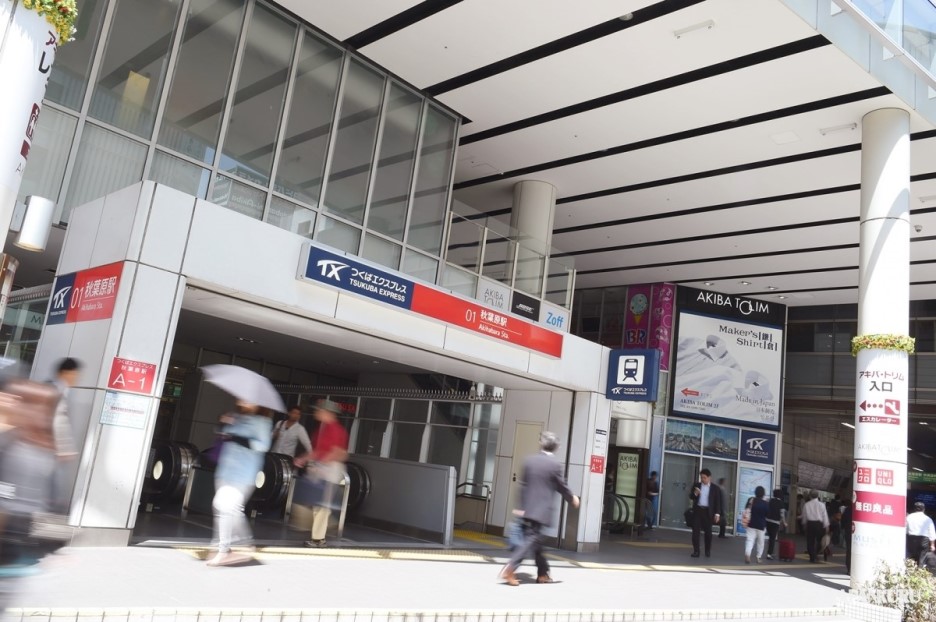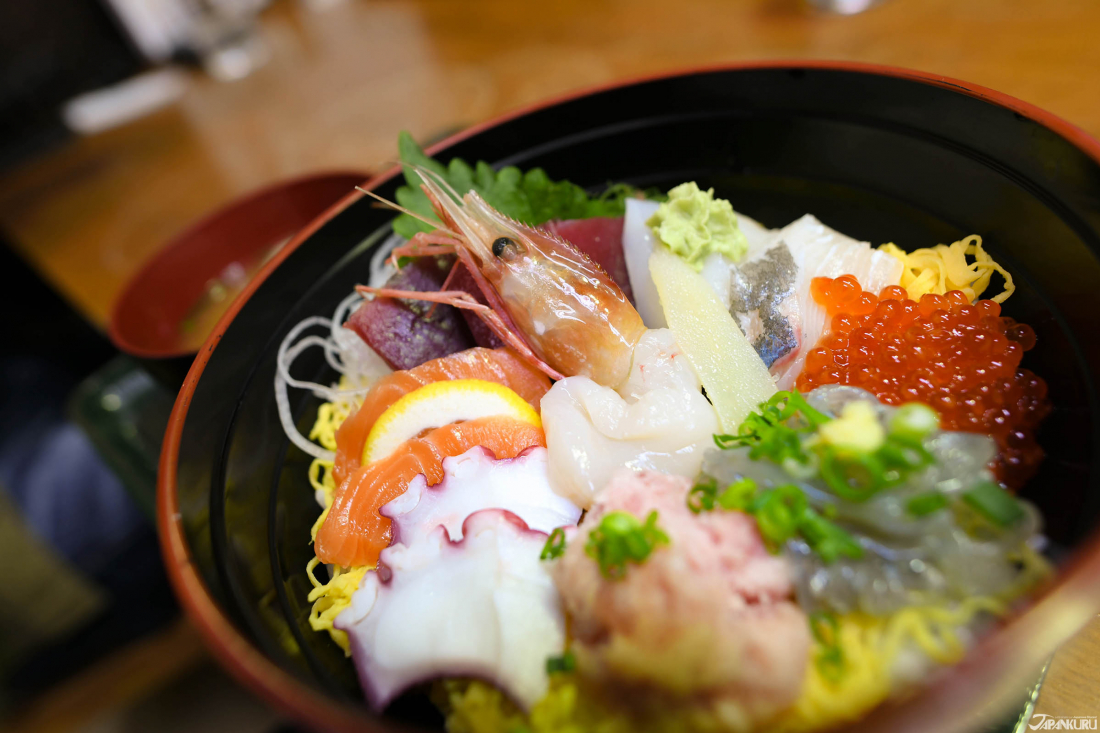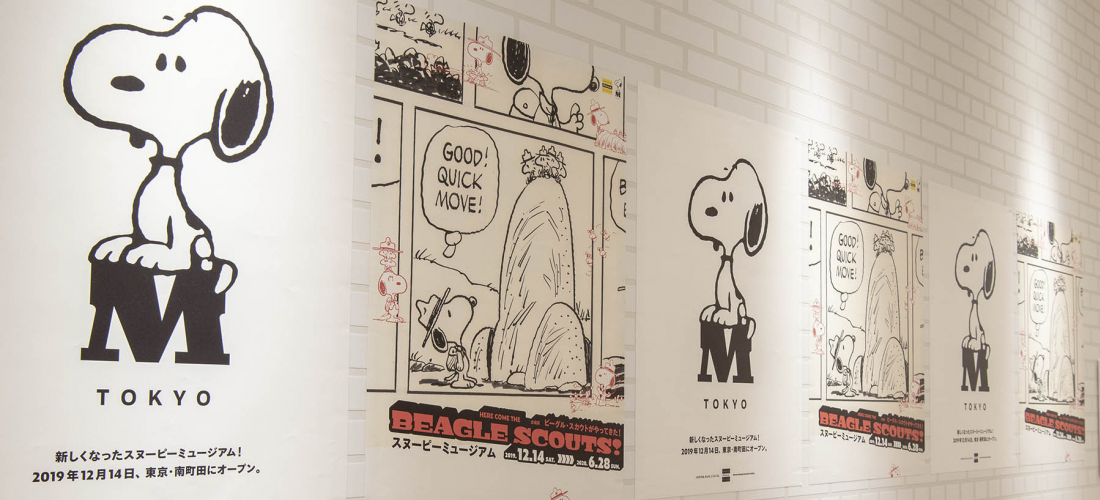
CONTENTS
null
Comment aller à Ibaraki depuis Tokyo
Option 1
Louer une voiture avec Nissan Rent-a-car
le meilleur moyen reste de louer une voiture à Tokyo.
Les avantages de la voiture de location au Japon :
1. Pas besoin de s'inquiéter des horaires de trains, des noms de gares ou des correspondances.
2. Pas de contraintes de lieu. Par exemple, vous pouvez vous déplacer vers des endroits inaccessibles par les transports en commun.
3. Pas besoin de toujours transporter vos affaires partout.
le point de départ a donc été le Nissan Rent-a-car de Ueno.
Leur bâtiment se trouve environ à une minute de marche
de la gare JR Ueno.
Il vous suffit de traverser la rue après Ichiran Ramen (一蘭ラーメン),
et vous verrez un panneau bleu désignant un parking.
Entrez-y, leurs bureaux se trouvent au cinquième étage.
En bref, rappelez-vous du
"parking bleu en face d'Ichiran Ramen"
🚙Nissan Rent-a-Car Ueno
(日産レンタカー上野駅前店)
1-50 Uenokoen, Taito-ku, Tokyo
東京都台東区上野公園1-50
Google Maps
⏰Business hours: 8:00 to 10:00pm
Nissan Rent-a-Car Ueno Ekimae (Anglais)
※Pour louer une voiture, la traduction du permis en Japonais par la JAF est nécessaire.
Option 2
Train semi-express JR Hitachi
Cela prend environ 2 heures et 20 minutes pour atteindre la capitale d'Ibaraki, Mito par les trains express Jr (Hitachi and Tokiwa) depuis la gare de Tokyo.
Il n'y a pas de grosse différence de temps comparé à la voiture
mais comme le trajet coûte 3,890 yens,
conduire vous reviendra moins cher si votre permis est déjà traduit.
Plus d'infos sur Hitachi and Tokiwa
Option 3
Tsukuba Express
Asakusa et Akihabara ne sont qu'à 8 minutes, ce qui en fait une ligne pratique autant pour les locaux que pour les touristes.
Si vous prévoyez de prendre l'express Tsukuba, vous pouvez descendre à la gare de Tsukuba qui est le terminus.
Vous y trouverez de nombreux coins de natures autour de la ville.
JAPANKURU y est allé il y a quelques années, donc si vous voulez une idée de l'endroit, cliquez sur le lien ci-dessous
null
Les paysages d’Ibaraki
❁❶❁
Le parc maritime de Hitachi
(国営ひたち海浜公園)
C'est sans exagérer que l'on peut dire que le parc maritime de Hitachi est le lieu le plus touristique d'Ibaraki. A l'origine, c'était un aéroport qui a été transformé en parc en 1991 ce qui en fait un endroit ouvert et plein d'espace, que l'on ne voit pas dans les autres parcs.
Le parc maritime de Hitachi abrite diverses fleurs à voir suivant les saisons. Parmis la grande variété florale qu'on peut admirer, la plus populaire est le némophile bleu qui fleurit à la fin du mois d'avril chaque année. Des collines bleutées à la manière d'un océan sont ainsi représentatf d'Ibaraki.
❁国Hitachi Seaside Park
🏢605-4 Onuma-aza, Mawatari, Hitachinaka, Ibaraki 312-0012
Google Maps
⏰9:30 – 17:00
Fermé le mardi si lundi est un jour férié.
💴Adultes (à partir de 16 ans): 450 yens, jusqu'à 16 ans: gratuit
💻Hitachi Seaside official website
null
Sanctuaire Oarai Isosaki
(大洗磯前神社)
null
🌲❸🌲
Les cascades de Tsukimachi
(月待の滝)
Entourrées par une luxuriante verdure,
c'est un des endroits les plus étonnants d'Ibaraki.
Vous pouvez admirer la nature en vous tenant à l'écart,
ou à l'inverse, vous aventurer derrière les chutes d'eau pour les voir de plus près !
C'était la première fois que nous nous sommes trouvés derrière une cascade
et avons été surpris à quel point il était rafraîchissant de profiter des températures douces et du son des chutes d'eau.
🌲Tsukimachi Waterfall
🏢 Oazakawayama, Daikomachi, Kuji-gun, Ibaraki Prefecture
茨城県久慈郡大子町大字川山
Google Maps
Si vous vous rendez aux cascades de Tsukimachi, ne partez pas avec un estomac vide. Vous devriez essayer un plat japonais des plus funs ! Il s'agit des nagashi somen, des nouilles descendant le long d'un bambou que vous devez attraper au passage ! Vous pouvez expérimenter cet amusant moyen de manger des nouilles tout en regardant les cascades dans le restaurant " Momijien" (もみじ苑).
★Momijien (もみじ苑)
🏢Juste à côté des chutes de Tsukimachi Google Maps
⏰10:30 – 19:00 !!Fermé tous les mercredi
Activités à Ibaraki
null
🌉①🌉
Canon Ryujin Kyo Rafting
(竜神峡)
La beauté de la nature à Ibaraki n'est pas seulement quelque chose à voir, vous pouvez également littéralement vous y jeter dedans ! Les courants de montagne du barrage Ryujin situés dans le canyon du même nom sont entourés de montagnes qui vous feront oublier que vous êtes au Japon.
Vous pouvez les descendre en canoe, en paddle ou en faisant du rafting qui sont des moyens funs et relaxant d'apprécier la nature japonaise. Vous ne trouverez certainement pas ce genre d'activité à Tokyo !
🌉Canon Ryujin Kyo Rafting
🏢2153-39 Shimakura-cho, Shimoda-city, Ibaraki
茨城県常陸太田市下高倉町2153-39
Google Maps
💻Pages liées
※Ouvert du 27 avril au 31 août seulement
※Des vêtements de rechange, des serviettes et chaussures sont disponibles sur place.
🌉②🌉
Saut à la corde de Ryujin
(竜神バンジー)
Serez-vous à la hauteur ?!
🏢2133-6 Kenganocho, Hitachiota-shi, Ibaraki
茨城県常陸太田市天下野町2133-6
Google Maps
☎Téléphone: 0278-72-8133
– Code GPS pour voiture de location: 379 341 490 * 24
⏰9:00 – 17:00 (dernière inscription 16:30)
💴16,000 yens
– 50% de charge pour annulation la veille, 100% de charge si annulé le jour-même
– Age: 15 ans et plus, our des personnes pesant entre 40 et 105 kg
– Page de réservation (English)
💻Official website link
null
🎣③🐙
Le marché aux poissons de Nakaminato
(那珂湊おさかな市場)
Dernièrement, de plus en plus de passagers partent visiter Hokkaido. Si vous avez suffisamment de temps, vous pouvez utiliser une méthode des plus abordables : le Ferry Shosen Mitsui Sunflower ! Si vous arrivez en voiture, vous pouvez garer votre véhicule à l'intérieur du bâteau afin de vous promener à Hokkaido en roulant! C'est un super moyen de voyager, donc si vous avez du temps, profitez-en !
Pour plus d'information à propos du Ferry Shosen Mitsui Sunflower, cliquez-ici
🚢Ferry Sunflower (フェリーさんふらわあ)
Passenger Terminal: Oarai Port Ferry Terminal
🏢Chuo 2, Oaraimachi Port, Higashiibaraki-gun, Ibaraki
茨城県東茨城郡大洗町港中央2
Google Maps
💻Official website link
🚌Access:
Depuis la gare de Tokyo jusqu'au quai maritime de Oara:
1. Depuis la gare de bus de Tokyo (située à la sortie Yaesu Sud), prenez le car "Mitogo" (みと号) pour Mito (水戸駅). Il vous emmènera directement à la gare maritime sans changement.
★ Only one bus a day
⏰Départ de Tokyo à 14:20 → Arrivée à la gare maritime de Oarai à 16:45
Pour revenir à Tokyo:
⏰Gare maritime de Oarai 15:00 → Gare de Tokyo 18:28
💴2,320 yens (moitié prix pour les enfants)
COMMENT
FEATURED MEDIA
VIEW MORE 
A New Tokyo Animal Destination: Relax & Learn About the World’s Animals in Japan
#pr #japankuru #anitouch #anitouchtokyodome #capybara #capybaracafe #animalcafe #tokyotrip #japantrip #카피바라 #애니터치 #아이와가볼만한곳 #도쿄여행 #가족여행 #東京旅遊 #東京親子景點 #日本動物互動體驗 #水豚泡澡 #東京巨蛋城 #เที่ยวญี่ปุ่น2025 #ที่เที่ยวครอบครัว #สวนสัตว์ในร่ม #TokyoDomeCity #anitouchtokyodome

Shohei Ohtani Collab Developed Products & Other Japanese Drugstore Recommendations From Kowa
#pr #japankuru
#kowa #syncronkowa #japanshopping #preworkout #postworkout #tokyoshopping #japantrip #일본쇼핑 #일본이온음료 #오타니 #오타니쇼헤이 #코와 #興和 #日本必買 #日本旅遊 #運動補充能量 #運動飲品 #ช้อปปิ้งญี่ปุ่น #เครื่องดื่มออกกำลังกาย #นักกีฬา #ผลิตภัณฑ์ญี่ปุ่น #อาหารเสริมญี่ปุ่น

도쿄 근교 당일치기 여행 추천! 작은 에도라 불리는 ‘가와고에’
세이부 ‘가와고에 패스(디지털)’ 하나면 편리하게 이동 + 가성비까지 완벽하게! 필름카메라 감성 가득한 레트로 거리 길거리 먹방부터 귀여움 끝판왕 핫플&포토 스폿까지 총집합!
Looking for day trips from Tokyo? Try Kawagoe, AKA Little Edo!
Use the SEIBU KAWAGOE PASS (Digital) for easy, affordable transportation!
Check out the historic streets of Kawagoe for some great street food and plenty of picturesque retro photo ops.
#pr #japankuru #도쿄근교여행 #가와고에 #가와고에패스 #세이부패스 #기모노체험 #가와고에여행 #도쿄여행코스 #도쿄근교당일치기 #세이부가와고에패스
#tokyotrip #kawagoe #tokyodaytrip #seibukawagoepass #kimono #japantrip

Hirakata Park, Osaka: Enjoy the Classic Japanese Theme Park Experience!
#pr #japankuru #hirakatapark #amusementpark #japantrip #osakatrip #familytrip #rollercoaster #retrôvibes #枚方公園 #大阪旅遊 #關西私房景點 #日本親子旅行 #日本遊樂園 #木造雲霄飛車 #히라카타파크 #สวนสนุกฮิราคาตะพาร์ค

🍵Love Matcha? Upgrade Your Matcha Experience With Tsujiri!
・160년 전통 일본 말차 브랜드 츠지리에서 말차 덕후들이 픽한 인기템만 골라봤어요
・抹茶控的天堂!甜點、餅乾、飲品一次滿足,連伴手禮都幫你列好清單了
・ส่องมัทฉะสุดฮิต พร้อมพาเที่ยวร้านดังในอุจิ เกียวโต
#pr #japankuru #matcha #matchalover #uji #kyoto #japantrip #ujimatcha #matchalatte #matchasweets #tsujiri #말차 #말차덕후 #츠지리 #교토여행 #말차라떼 #辻利抹茶 #抹茶控 #日本抹茶 #宇治 #宇治抹茶 #日本伴手禮 #抹茶拿鐵 #抹茶甜點 #มัทฉะ #ของฝากญี่ปุ่น #ชาเขียวญี่ปุ่น #ซึจิริ #เกียวโต

・What Is Nenaito? And How Does This Sleep Care Supplement Work?
・你的睡眠保健品——認識「睡眠茶氨酸錠」
・수면 케어 서플리먼트 ‘네나이토’란?
・ผลิตภัณฑ์เสริมอาหารดูแลการนอน “Nenaito(ネナイト)” คืออะไร?
#pr #japankuru #sleepcare #japanshopping #nenaito #sleepsupplement #asahi #睡眠茶氨酸錠 #睡眠保健 #朝日 #l茶胺酸 #日本藥妝 #日本必買 #일본쇼핑 #수면 #건강하자 #네나이토 #일본영양제 #อาหารเสริมญี่ปุ่น #ช้อปปิ้งญี่ปุ่น #ร้านขายยาญี่ปุ่น #ดูแลตัวเองก่อนนอน #อาซาฮิ

Japanese Drugstore Must-Buys! Essential Items from Hisamitsu® Pharmaceutical
#PR #japankuru #hisamitsu #salonpas #feitas #hisamitsupharmaceutical #japanshopping #tokyoshopping #traveltips #japanhaul #japantrip #japantravel

Whether you grew up with Dragon Ball or you just fell in love with Dragon Ball DAIMA, you'll like the newest JINS collab. Shop this limited-edition Dragon Ball accessory collection to find some of the best Dragon Ball merchandise in Japan!
>> Find out more at Japankuru.com! (link in bio)
#japankuru #dragonball #dragonballdaima #animecollab #japanshopping #jins #japaneseglasses #japantravel #animemerch #pr

This month, Japankuru teamed up with @official_korekoko to invite three influencers (originally from Thailand, China, and Taiwan) on a trip to Yokohama. Check out the article (in Chinese) on Japankuru.com for all of their travel tips and photography hints - and look forward to more cool collaborations coming soon!
【橫濱夜散策 x 教你怎麼拍出網美照 📸✨】
每次來日本玩,是不是都會先找旅日網紅的推薦清單?
這次,我們邀請擁有日本豐富旅遊經驗的🇹🇭泰國、🇨🇳中國、🇹🇼台灣網紅,帶你走進夜晚的橫濱!從玩樂路線到拍照技巧,教你怎麼拍出最美的夜景照。那些熟悉的景點,換個視角說不定會有新發現~快跟他們一起出發吧!
#japankuru #橫濱紅磚倉庫 #汽車道 #中華街 #yokohama #japankuru #橫濱紅磚倉庫 #汽車道 #中華街 #yokohama #yokohamaredbrickwarehouse #yokohamachinatown

If you’re a fan of Vivienne Westwood's Japanese designs, and you’re looking forward to shopping in Harajuku this summer, we’ve got important news for you. Vivienne Westwood RED LABEL Laforet Harajuku is now closed for renovations - but the grand reopening is scheduled for July!
>> Find out more at Japankuru.com! (link in bio)
#japankuru #viviennewestwood #harajuku #omotesando #viviennewestwoodredlabel #viviennewestwoodjapan #비비안웨스트우드 #오모테산도 #하라주쿠 #日本購物 #薇薇安魏斯伍德 #日本時尚 #原宿 #表參道 #japantrip #japanshopping #pr

Ready to see TeamLab in Kyoto!? At TeamLab Biovortex Kyoto, the collective is taking their acclaimed immersive art and bringing it to Japan's ancient capital. We can't wait to see it for ourselves this autumn!
>> Find out more at Japankuru.com! (link in bio)
#japankuru #teamlab #teamlabbiovortex #kyoto #kyototrip #japantravel #artnews
Photos courtesy of teamLab, Exhibition view of teamLab Biovortex Kyoto, 2025, Kyoto ® teamLab, courtesy Pace Gallery

Japanese Makeup Shopping • A Trip to Kamakura & Enoshima With Canmake’s Cool-Toned Summer Makeup
#pr #canmake #enoshima #enoden #에노시마 #캔메이크 #japanesemakeup #japanesecosmetics

⚔️The Robot Restaurant is gone, but the Samurai Restaurant is here to take its place. Check it out, and don't forget your coupon!
🍣신주쿠의 명소 로봇 레스토랑이 사무라이 레스토랑으로 부활! 절찬 쿠폰 발급중
💃18歲以上才能入場的歌舞秀,和你想的不一樣!拿好優惠券去看看~
#tokyo #shinjuku #samurairestaurant #robotrestaurant #tokyotrip #도쿄여행 #신주쿠 #사무라이레스토랑 #이색체험 #할인이벤트 #歌舞伎町 #東京景點 #武士餐廳 #日本表演 #日本文化體驗 #japankuru #japantrip #japantravel #japanlovers #japan_of_insta

Japanese appliance & electronics shopping with our KOJIMA x BicCamera coupon!
用JAPANKURU的KOJIMA x BicCamera優惠券買這些正好❤️
코지마 x 빅 카메라 쿠폰으로 일본 가전 제품 쇼핑하기
#pr #japankuru #japanshopping #kojima #biccamera #japaneseskincare #yaman #dji #osmopocket3 #skincaredevice #日本購物 #美容儀 #相機 #雅萌 #日本家電 #일본여행 #면세 #여행꿀팁 #일본쇼핑리스트 #쿠폰 #일본쇼핑 #일본브랜드 #할인 #코지마 #빅카메라 #japankurucoupon






















































